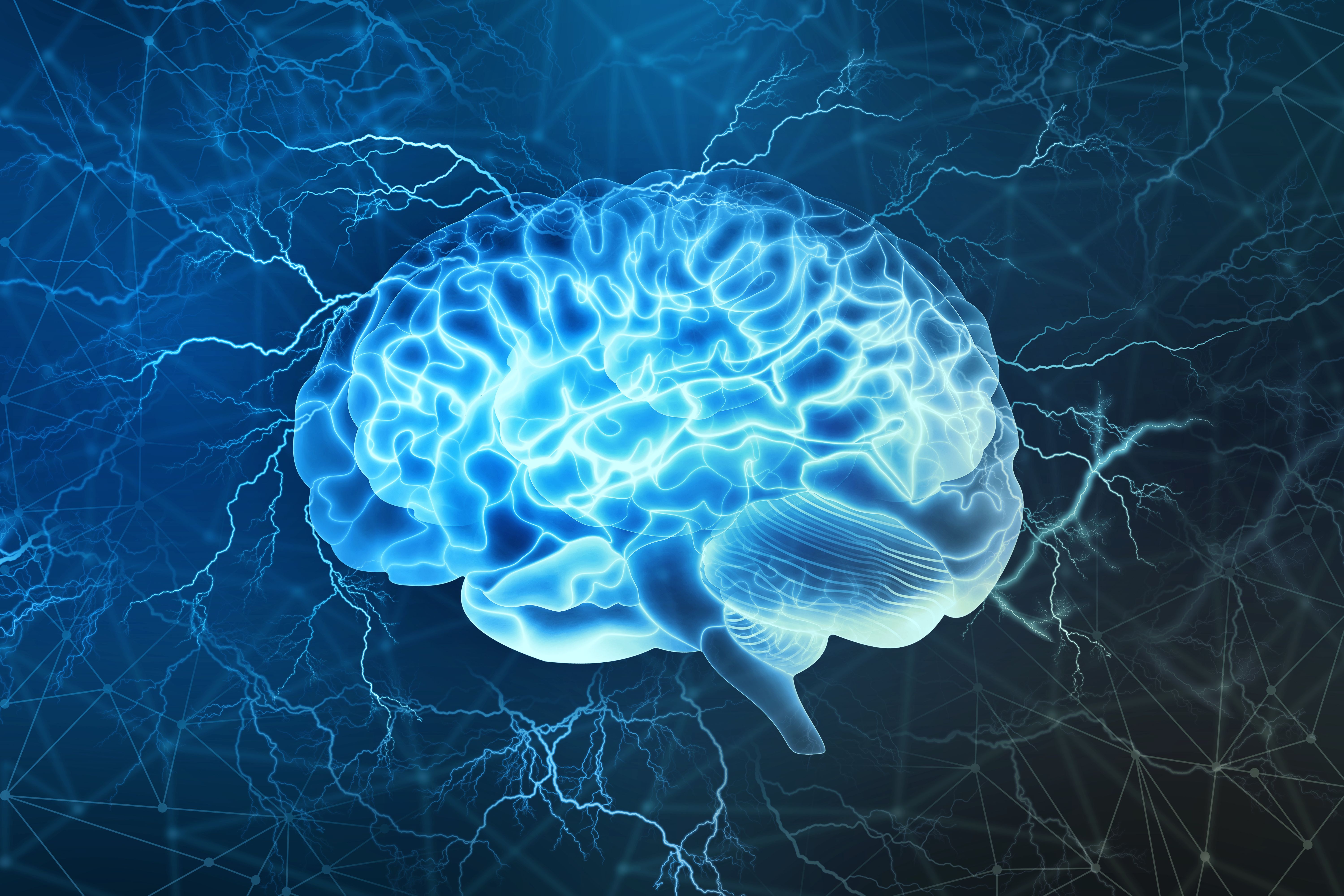Article
EoE Nonresponders to PPI Treatment May Yet Respond, but More Study Needed
Author(s):
A study explored outcomes among patients living with newly diagnosed eosinophilic esophagitis (EoE) who demonstrated lack of histological response following proton pump inhibitor (PPI) treatment.
Investigators caution that more research is needed on proton pump inhibitor (PPI) use among persons with a new diagnosis of eosinophilic esophagitis (EoE) who are nonresponsive to the treatment according to histologic analysis despite a drop in peak eosinophil count.
Their findings, from a subanalysis of data collected in an earlier study, were recently published in Journal of Gastrointestinal and Liver Diseases, and they encompassed a comparison of symptoms and endoscopic histologic features via esophageal tissue biopsies taken before and after PPI treatment. For this analysis, histology response was considered a measure of fewer than 15 eos/hpf and PPI treatment consisted of 40 to 80 mg daily of an approved PPI for at least 8 weeks. At the 8-week follow-up, patients remained on PPI therapy.
Among the 125 nonresponsive patients in this study (mean [SD] age, 39.4 [13.4] years), 94% were White patients and just 34% were female patients. The most common allergic conditions were allergic rhinitis (64%), asthma (30%), food allergies (27%), and eczema (9%). Sixty-nine percent overall exhibited any allergic condition.
“Some EoE patients can have a decline in eosinophil count after PPI treatment without achieving histologic response, but little is known about this group,” the study authors wrote. “We aimed to determine the effect of PPIs on reducing esophageal eosinophilia in patients deemed nonresponsive to PPI therapy.”
The most common endoscopic findings pre-PPI treatment were furrows in 77%, rings in 73%, and exudates in 55%, and these results were the same or elevated after PPI treatment: furrows in 88%, rings in 80%, and exudates in 54%. In addition, peak eosinophil counts did not change, with these totals being a mean 102.1 (69.8) and 102.9 (101.1) (P = .93) before and after PPI treatment, respectively.
“There were also no changes overall by proximal and distal location,” the authors wrote.
However, basal cell hyperplasia and lamina propria fibrosis were shown to trend downward after a patient received PPI treatment: from 73% to 51% (P = .06) and 97% to 41% (P < .001). Further, some eosinophil decreases were seen. Sixty percent of the entire patient cohort saw some decrease, and 24% had at least a 50% decrease, with their average being 69.9%, or more than 100 eos/hpf.
This group also had a mean baseline peak eosinophil count close to twice as high as the patients who had an eosinophil decrease of less than 50%, at 160.2 (71.5) vs 83.7 (58.6) (P < .001), and post-PPI improvements in eosinophil degranulation (67% vs 95%; P = .004), microabscesses (25% vs 70%; P = .01), spongiosis (60% vs 92%; P = .005), and basal cell hyperplasia (14% vs 57%; P = .03) vs the < 50% decrease group.
Another measure that the study investigators used to evaluate patient response was EoE Endoscopic Reference Score (range, 0-9, with higher scores indicating worse severity). Overall, this score only slightly dropped, starting at a mean 5.0 (1.9) and ending at 4.5 (2.2) (P = .04).
“Because EoE patients who are nonresponders to PPIs are subsequently placed on different treatments as recommended in guidelines and treatment algorithms, there are limited data as to the characteristics and outcomes from PPI treatment alone in this group,” the study authors concluded. “Our data suggest that there could be a role ofongoing PPI use in EoE patients, even in those without a traditional histological response.”
They also believe that the current assessment of PPI response, 15 eos/hpf, may be hindering investigators’ greater understanding of potential response in so-called nonresponders. However, longer-term data are needed, which can only be gained through further research, including subanalyses by PPI type or exact dosing.
Reference
Thakkar KP, Philpott H, Lafata S, et al. Effect of proton pump inhibitor treatment in "ppi non-responsive" patients with eosinophilic esophagitis. J Gastrointestin Liver Dis. 2023;32(1):15-22. doi: 10.15403/jgld-4746




